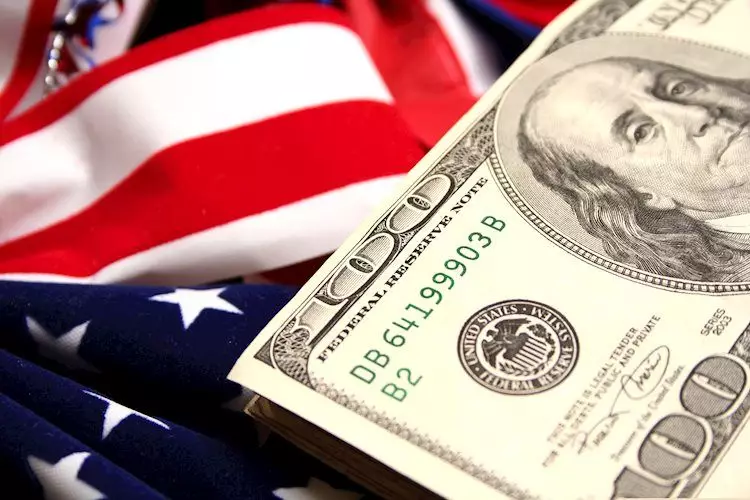The USD experienced a bit of a rollercoaster on Monday but managed to recover on Tuesday. The market sentiment seems to have shifted, allowing the US Dollar to gain ground and hover near the 103.00 mark. This recovery can be attributed to an improvement in market sentiment, as well as the absence of any significant news regarding the conflict between Iran and Israel. However, despite these gains, the trajectory of the Greenback for the day may be limited due to dovish bets on the Federal Reserve (Fed).
Market participants are anticipating a rate cut in September, which could potentially lead to a weakening of the USD. In addition, there are speculations that there might be a 100 bps rate cut by the end of the year, with some even considering an additional 25 bps cut. Overall, over 200 bps of total easing is expected in the upcoming year, unless a deep US recession occurs. The markets are anxiously waiting for incoming data to further assess the Fed’s easing narrative.
From a technical standpoint, the DXY outlook turned bearish after a sharp decline in the Relative Strength Index (RSI), which had fallen into oversold territory in the previous trading sessions. Despite a recovery on Tuesday, the index continues to trade below the 20, 100, and 200-day Simple Moving Averages (SMAs). Key support levels include 102.50, 102.20, and 102.00, while resistances to watch out for are 103.00, 103.50, and 104.00.
The Federal Reserve (Fed) plays a crucial role in shaping monetary policy in the US. With mandates to achieve price stability and foster full employment, the Fed adjusts interest rates as its primary tool. When inflation exceeds the 2% target, interest rates are raised to curb inflation, resulting in a stronger USD. Conversely, when inflation falls below 2% or the Unemployment Rate is high, interest rates are lowered to stimulate borrowing, which can weigh on the Greenback.
The Fed conducts eight policy meetings annually, where the Federal Open Market Committee (FOMC) evaluates economic conditions and makes monetary policy decisions. The FOMC comprises twelve Fed officials, including the members of the Board of Governors and regional Reserve Bank presidents. In extreme situations, the Fed may resort to Quantitative Easing (QE) to increase credit flow in the financial system. QE involves purchasing high-grade bonds and printing more Dollars, ultimately weakening the USD. On the flip side, Quantitative Tightening (QT) involves a reduction in bond purchases, which can have a positive impact on the value of the USD.
The movement of the USD is heavily influenced by market sentiment and the actions of the Federal Reserve. As uncertainties loom in the market and rate cut expectations rise, the Greenback’s trajectory remains uncertain. It will be interesting to see how economic data and Fed decisions play out in the coming days to gauge the USD’s direction.

